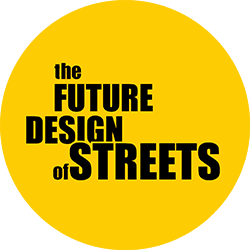DESIGN PRIORITIES
“Citizens are always for us the future of the city and we always try to engage them through the co-design phase, always aware that the common management of the future public space is one of the most important keys for the future of the city.”
Patrizia di Monte
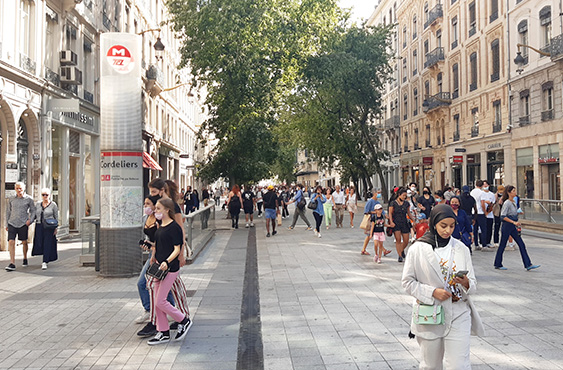
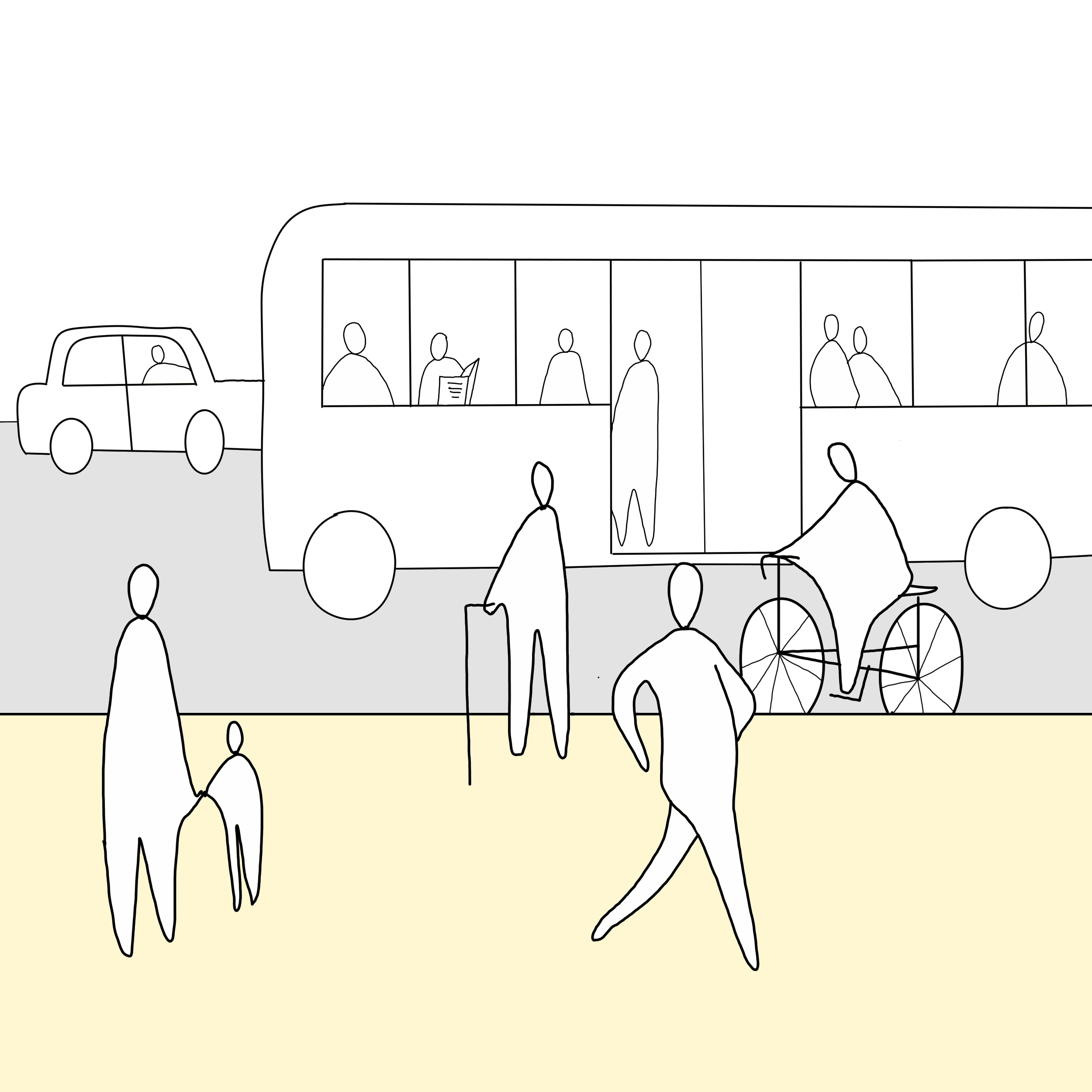
SOCIAL INCLUSION
Streets should always be for all. Recognising different logics and characteristics of groups helps to design better walkable streets other (motorised) vehicles are also a part of.

PARTICIPATION
Improving streets means working with existing streets. Streets where people live, have their work and go for cultural or sport activities. Changing streets means always engaging local communities and businesses into the design process. Mainly to set up the design brief.
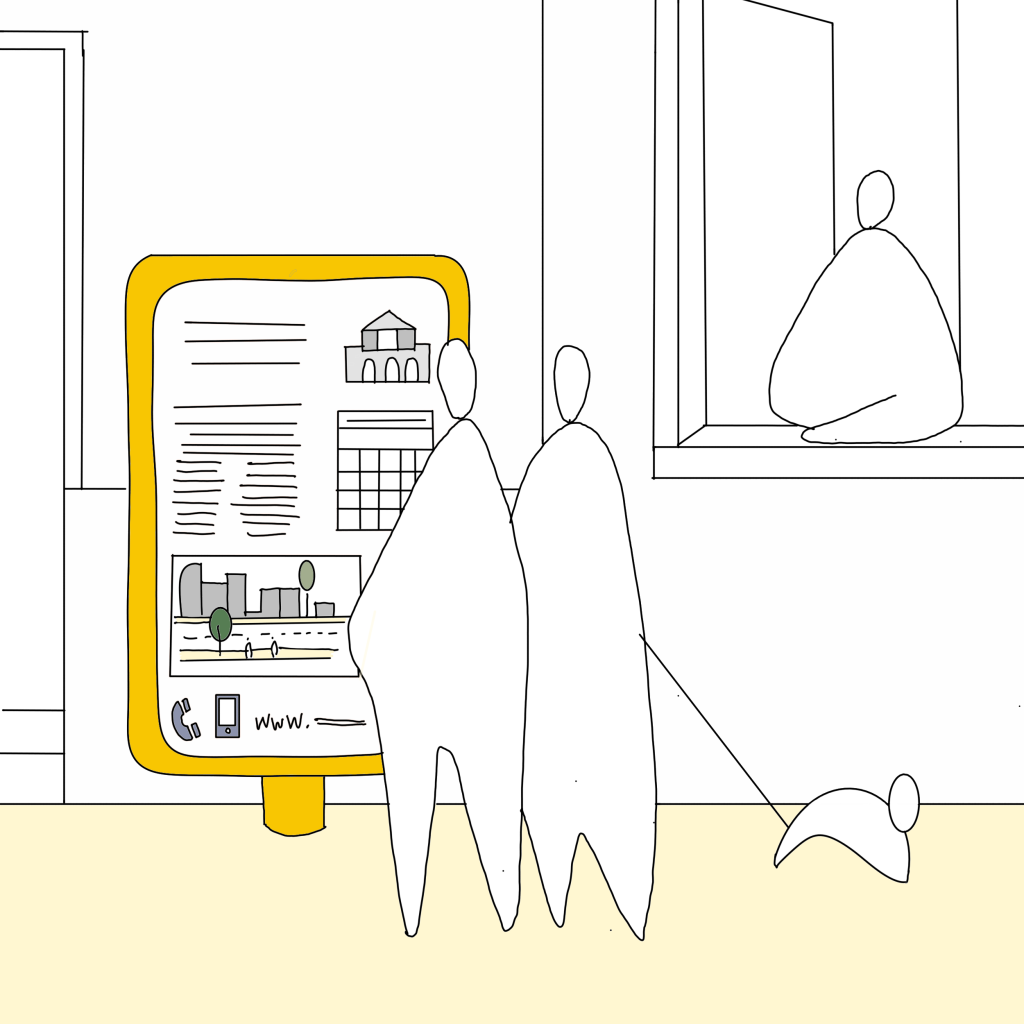
TRANSPARENCY
Good participation needs clear and transparent knowledge and communication. For full accessibility, digitally and physically. In principle, street data should be open source.
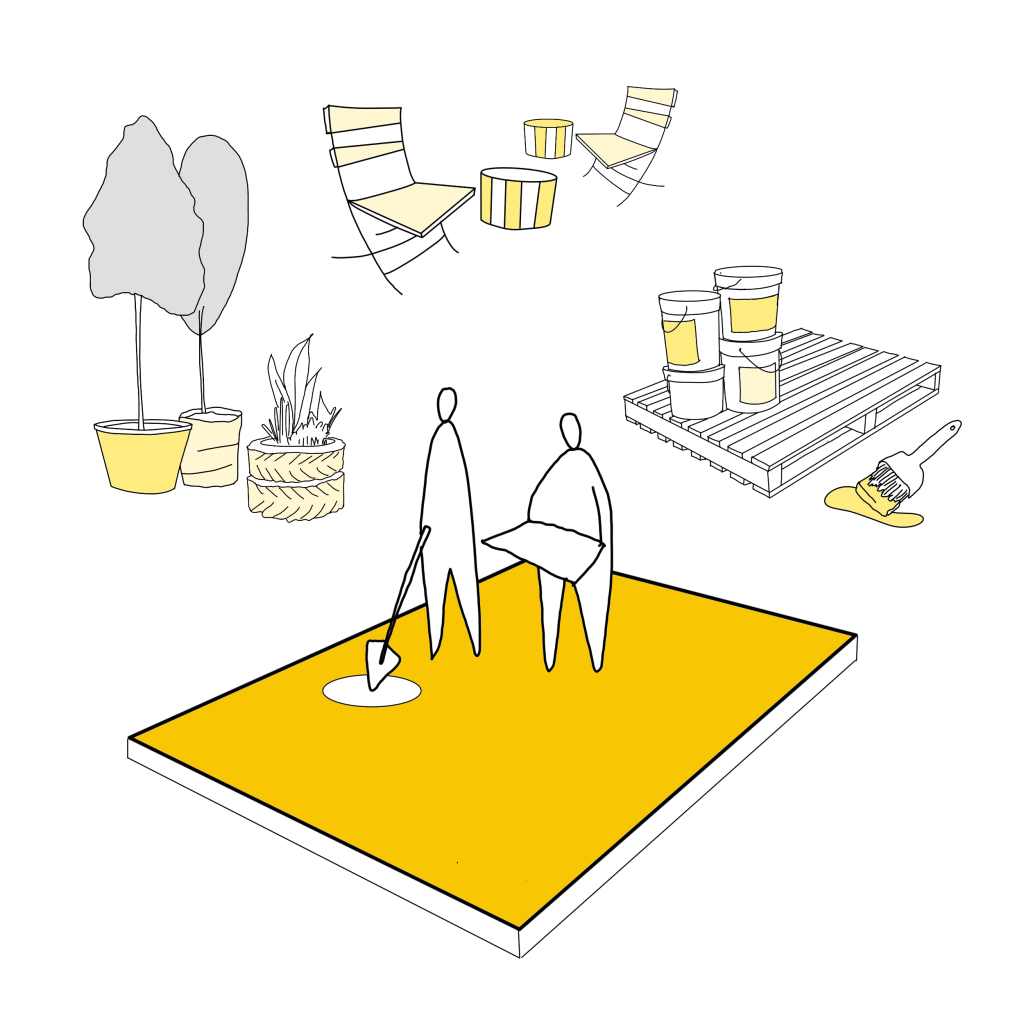
START NOW
Street transformation can start directly, it is just a matter of opening the street for people. By restricting cars or temporarily removing cars from the streets, the same space could be used for many other activities. Experimenting allows us to better understand what needs and potentialities every street can have.
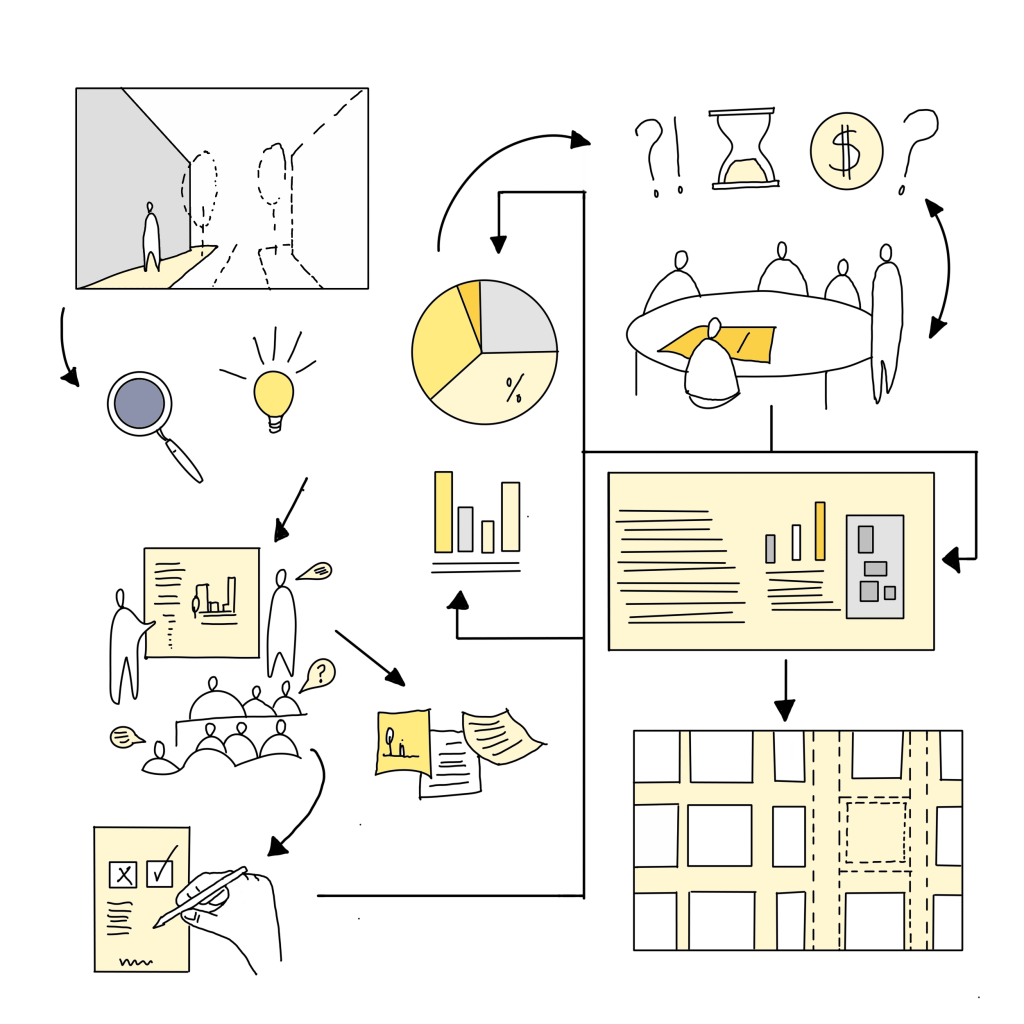
LONG TERM PLANNING
Changing streets into a social and sustainable space that is balanced with mobility demands systematic planning in the long term. Rethinking and adapting the planning system and design tools is part of this. In many cities it is/will be more about improvements/ maintenance of existing spaces, and less about creating new streets. As processes do change slowly, it is important to understand the impact of each singular project in the long-term and in its broader (spatial) context.
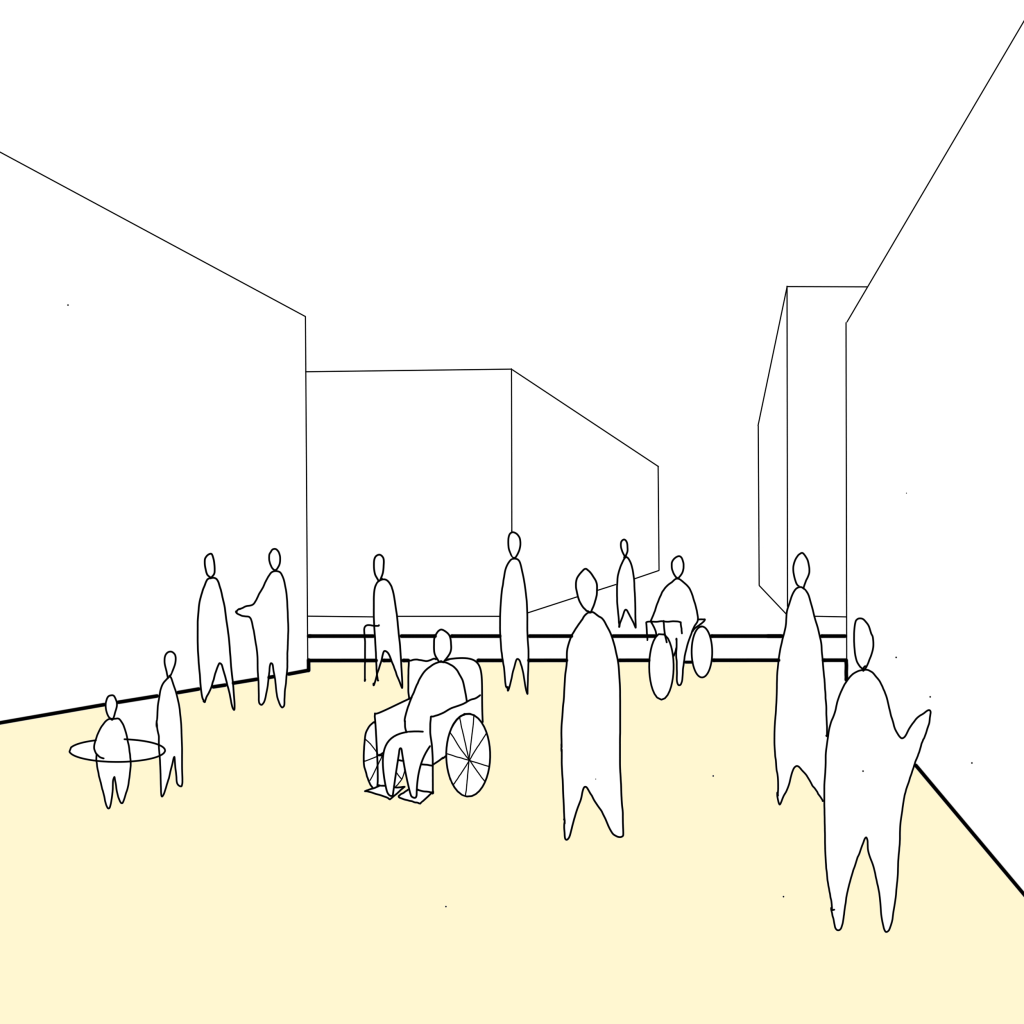
PUBLIC SPHERE/SPACE
Streets are important social spaces in our daily (healthy) living environment. Streets should be therefore always publicly accessible and publicly managed, as well as its technology.
